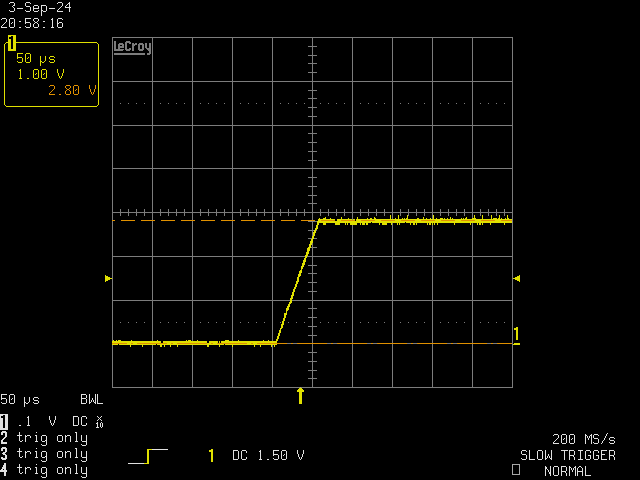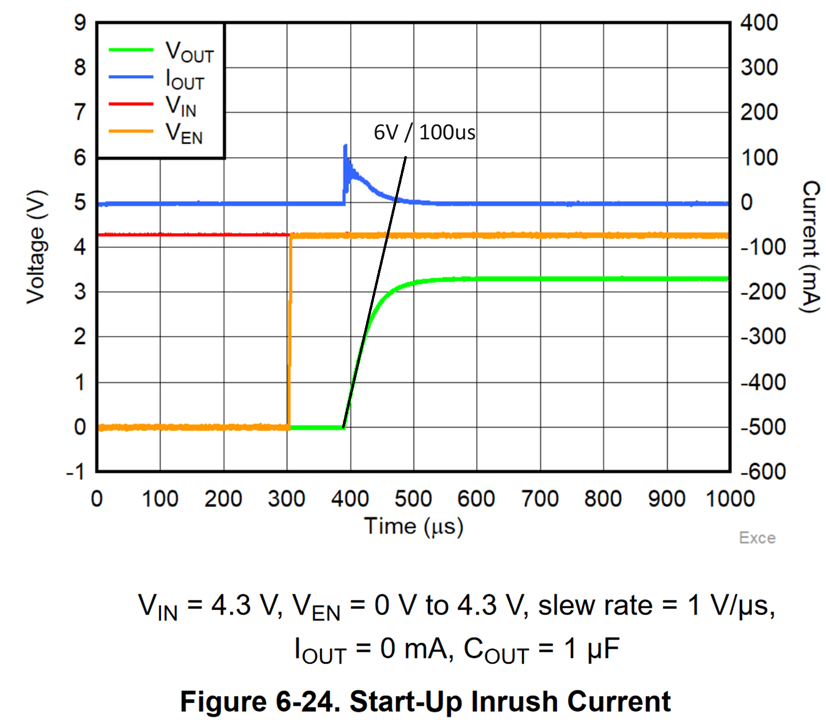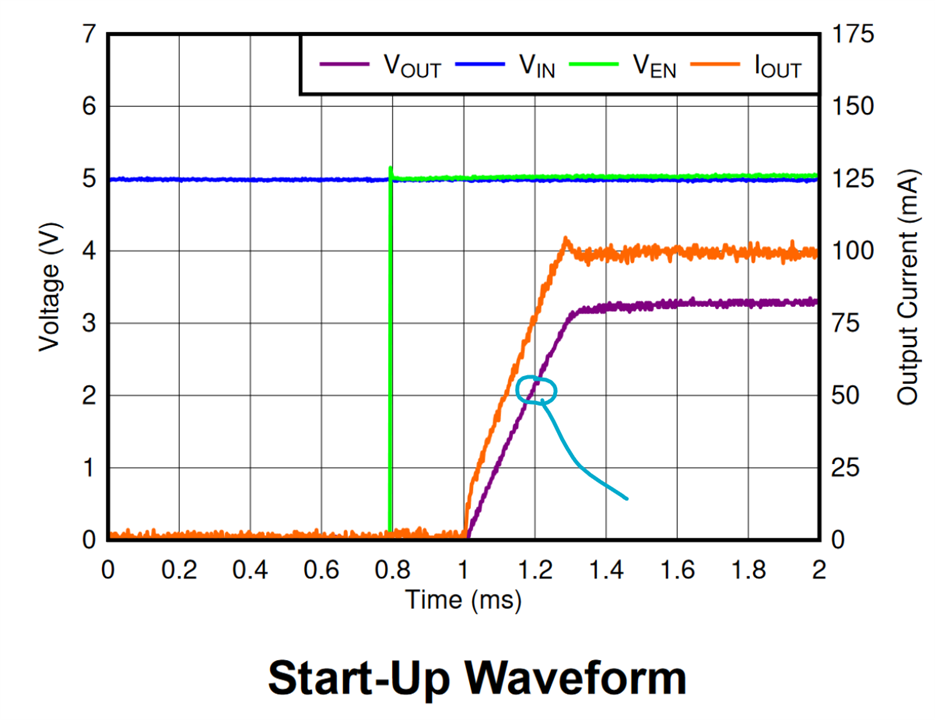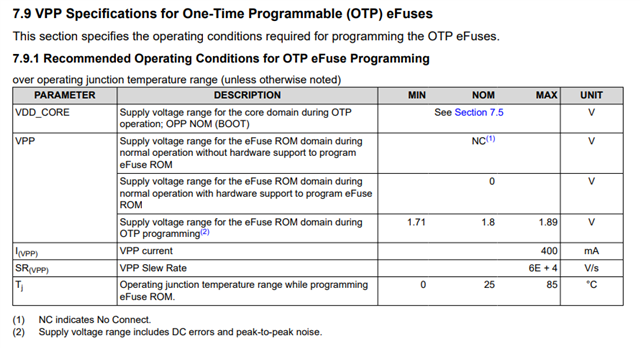Other Parts Discussed in Thread: TPS7A21, TLV700, TLV755P, TLV1117, TLV773
Tool/software:
Hi Experts,
This is Skylar responsible for GREE. They want to use TPS7A26 to lower down the voltage from 3.3V to 1.8V.
Could you pls help tell me the load transient response of TPS7A26 and if it could satisfy the requirements as below? What about TLV75518, TPS7A21 and TLV70018? Thanks!
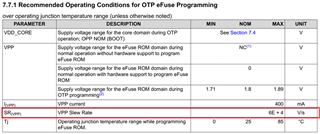
BR,
Skylar


